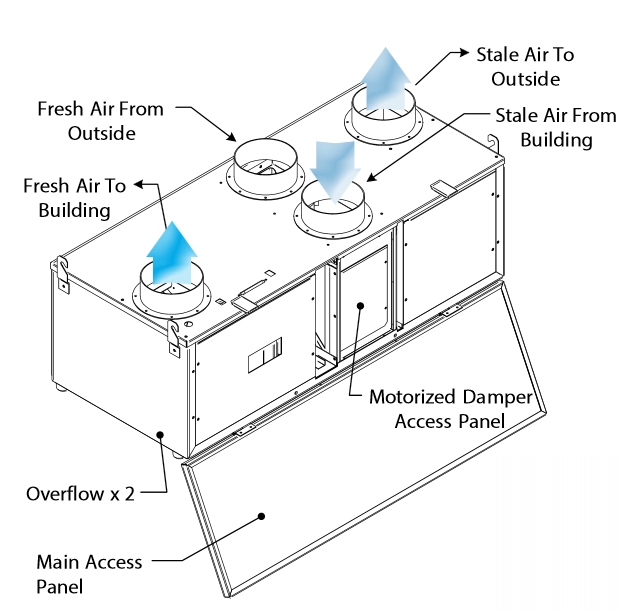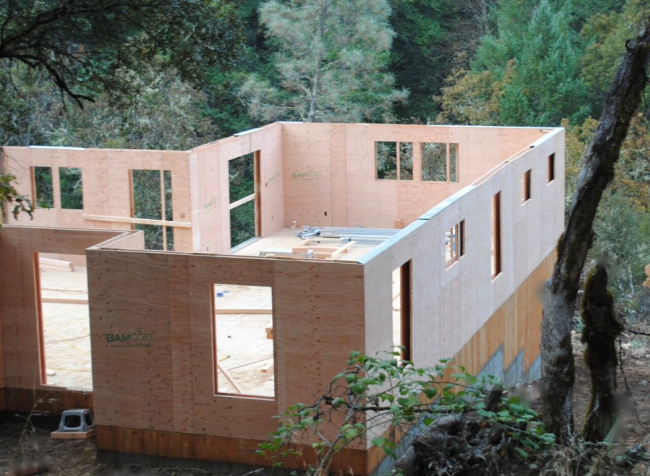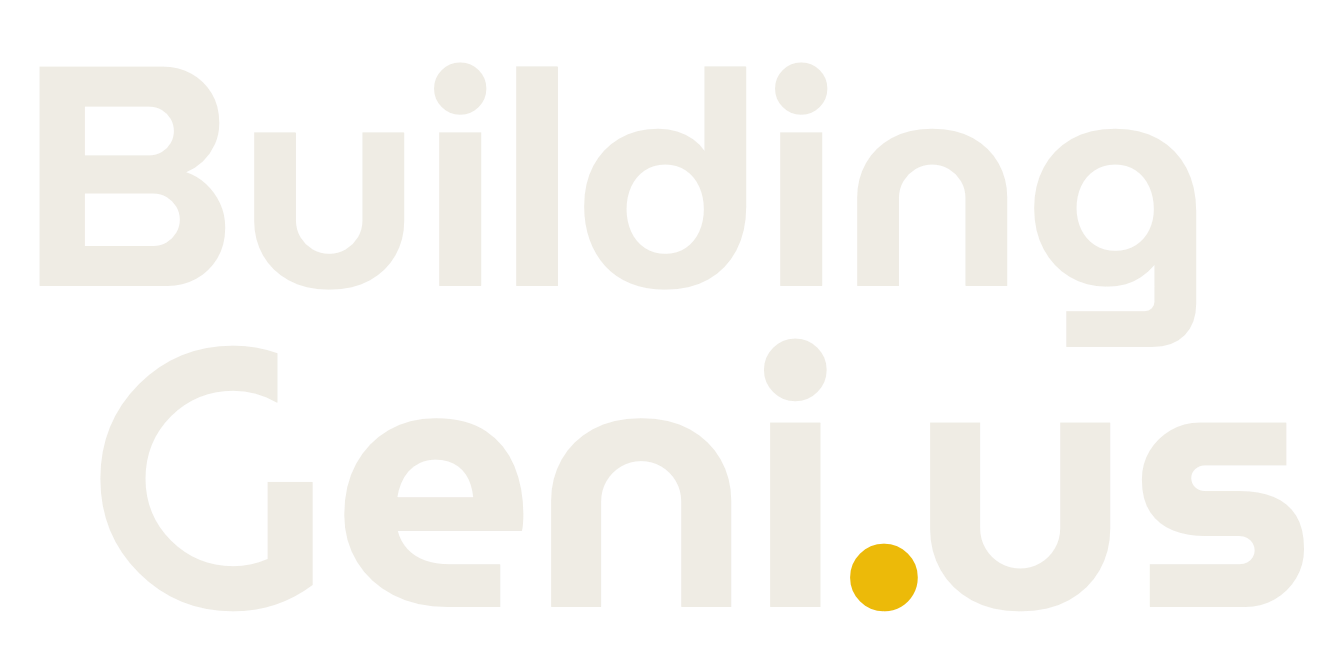In late September I gave a presentation at the 12th Annual North American Passive House Conference, organized by PHIUS, describing how heat pump water heaters can be used for combined space heating and water heating. When strolling the vendors' floor between presentations, I was pleasantly surprised to see an increase in the quality of Passive building products. When a PHIUS-certified Passive House first appeared in Berkeley around 2007, the building products available then were not as appropriate for Passive homes as those on this show floor in 2017. Here are two products that stood out:
Minotair multifunction ventilator
This product provides the well-known function of a heat recovery ventilator (HRV), but it also packs a complete heat pump into the same box, with no separate outdoor unit for the heat pump. If the home's peak heating and cooling loads are within the generous range of this device, this could be a home’s entire heating, cooling, and fresh-air ventilation system. The only requirements of this "magic box" are 120V, 15A power and two 8” diameter penetrations in the building shell for fresh air intake and exhaust air. The Minotair could provide complete space conditioning for Bay Area code-built apartments and single-family passive houses up to roughly 1200 ft2. See schematic of the Minotair below.

BamCore building system
This is a Bay Area product out of Windsor in Sonoma County—a new type of plywood made mostly from bamboo, shipped by boat (the lowest-emissions shipping strategy) from Colombia. Bamcore’s 4'x10' panels are CNC-machined according to CAD plans, and they are labeled and delivered flat to the jobsite. That's just the material—the really exciting concept is the building system. The building structure is composed only of exterior and interior shells of Bamcore sheathing separated by a cavity, with no stud framing, similar to structural insulated panel (SIP) construction. The two layers are assembled panel by panel with thermally-broken steel splines, and then the cavity is insulated with blown dense-pack cellulose. The system claims cost parity with standard 2’x6’ stud framing, and the cavity width can be customized to any level of insulation required. Other benefits include reduced labor on site. The system seems ideally suited for urban infill homes and apartments in the Bay Area, which can benefit from offsite fabrication but often have access challenges.
Beyond Efficiency consulted on the first project in the world to use BamCore, which was completed in 2016. Learn more about BamCore and the Marin County project, which earned GreenPoint Rated Platinum certification, in this recent Marin Magazine feature.
With innovative products like these coming to market, building professionals have even more choices for high-performance building projects. Keep them coming!






























